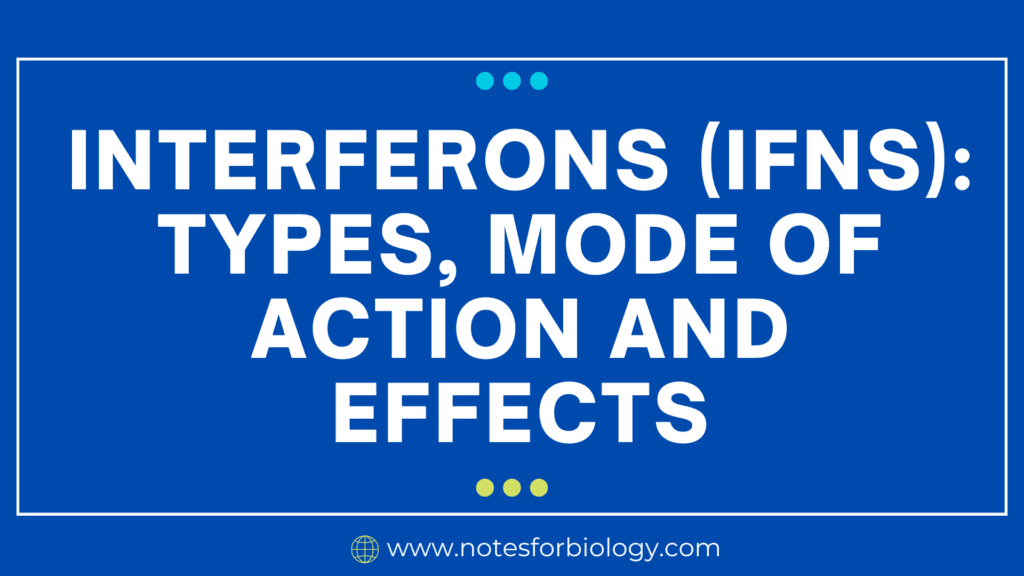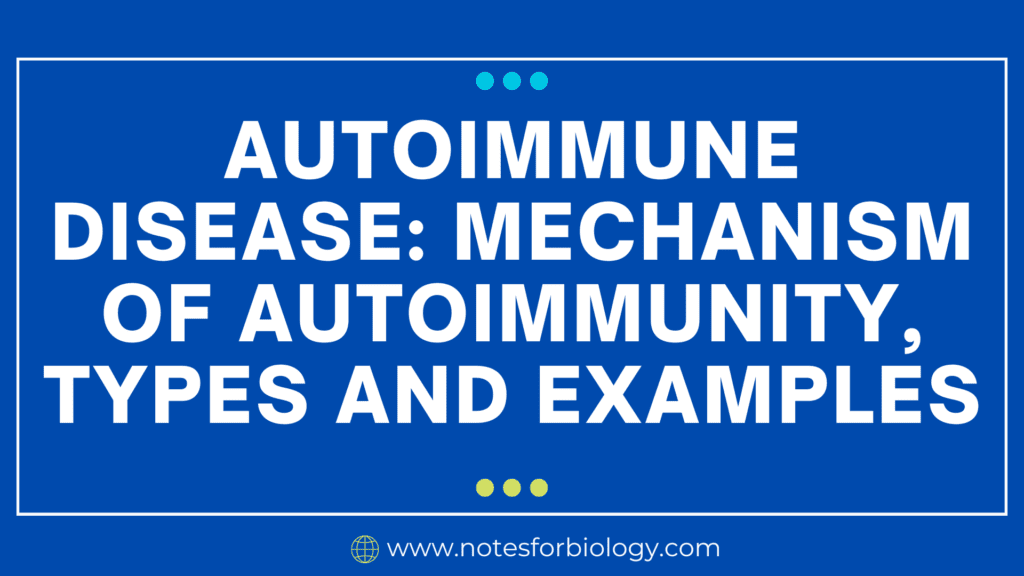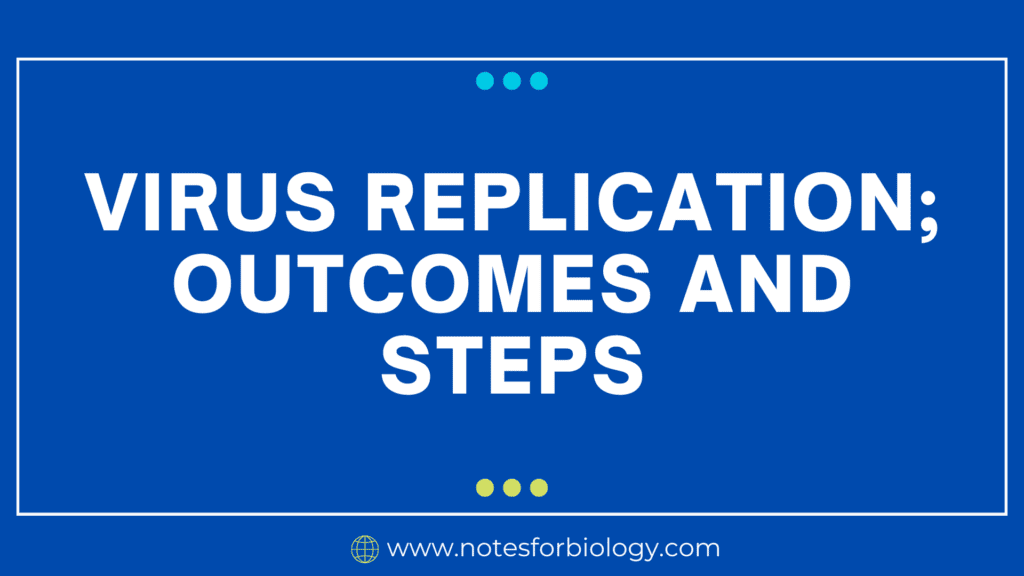Physical, chemical and Biological characteristics of sewage
Sewage, also called wastewater, is the used water that comes from homes, businesses, and industries. It contains a wide variety of substances, including human waste, food scraps, oils, soaps, chemicals, and anything else that goes down drains. To manage and treat wastewater properly, it’s important to understand its characteristics. These characteristics are typically divided into […]
Physical, chemical and Biological characteristics of sewage Read More »










